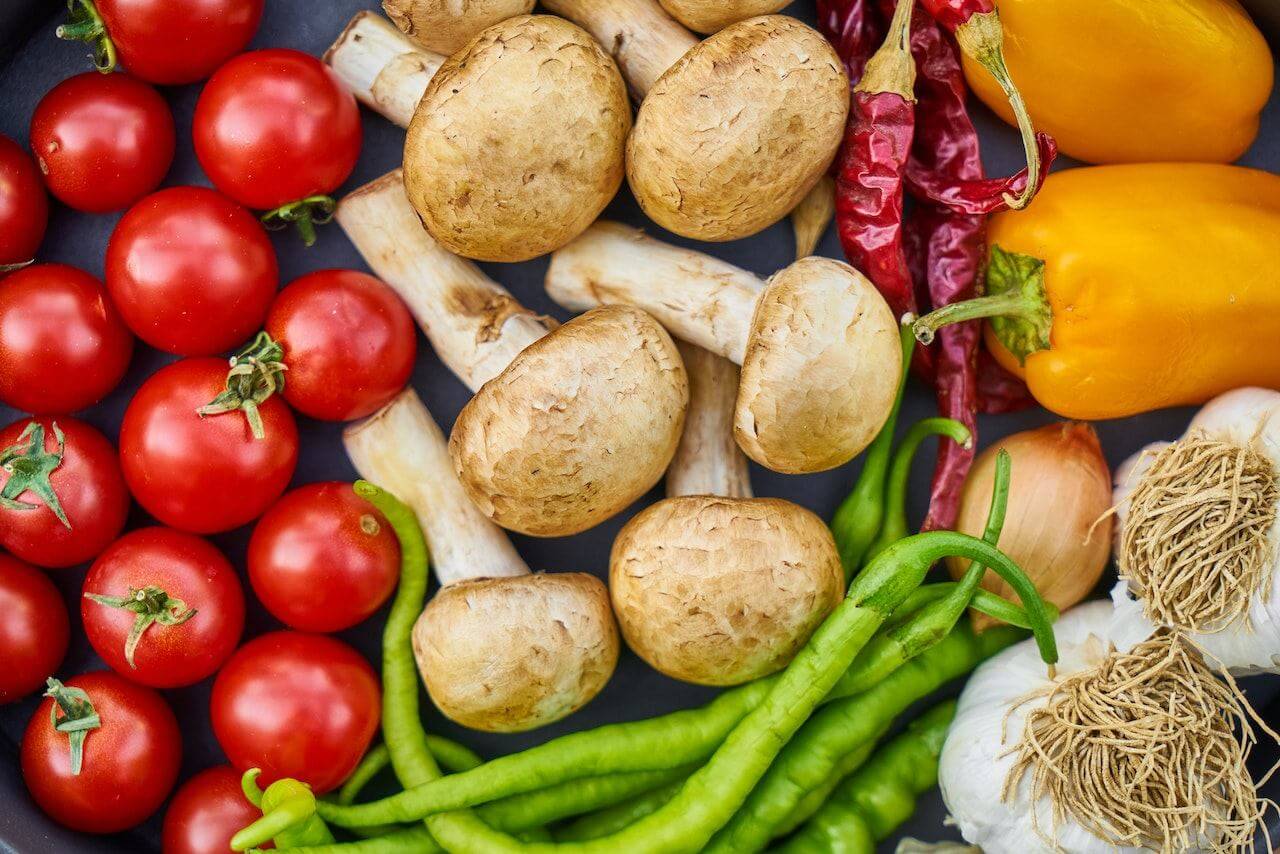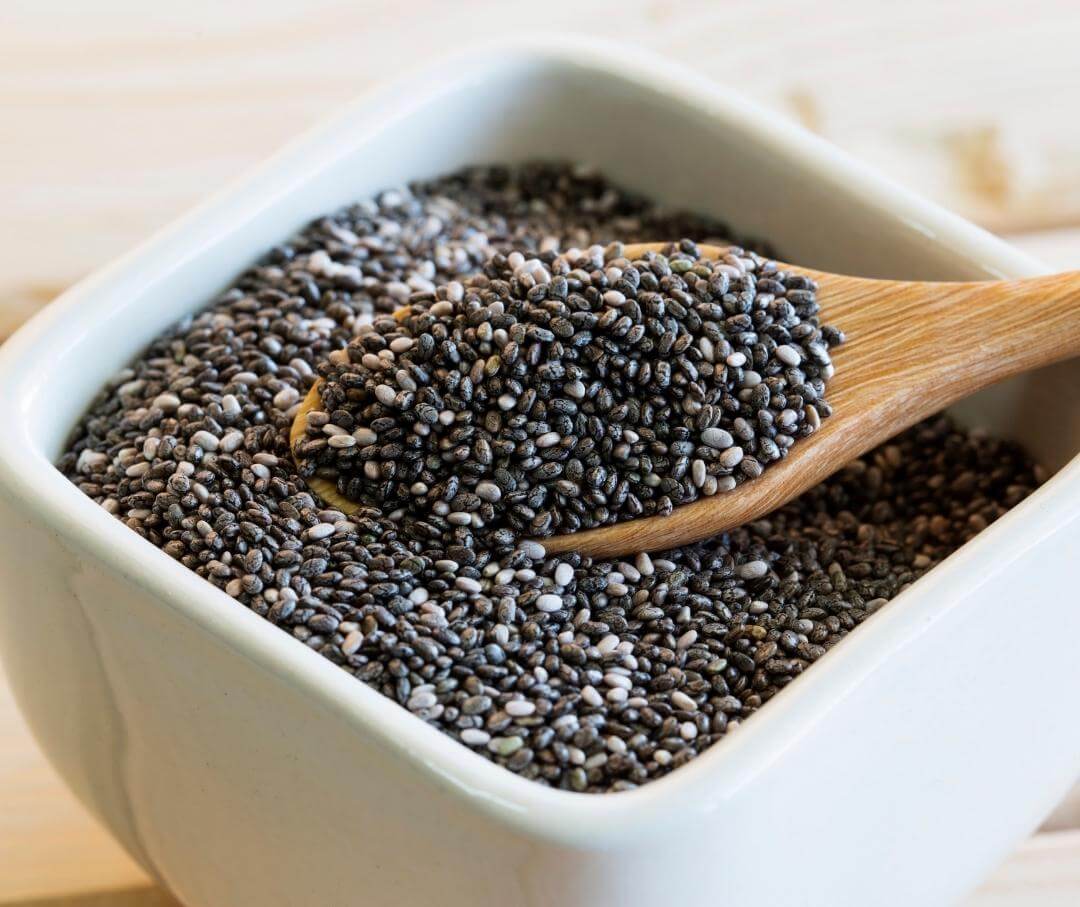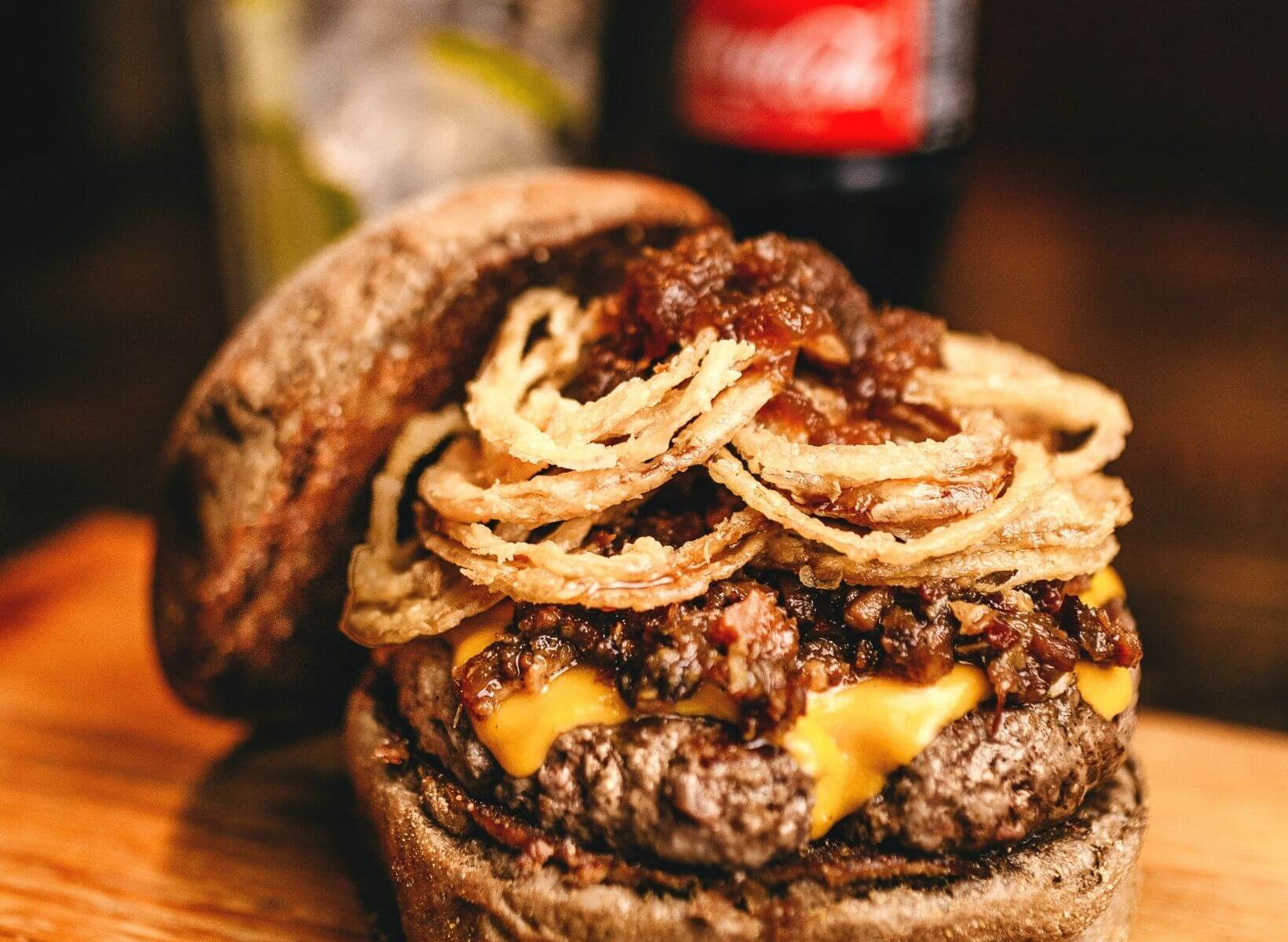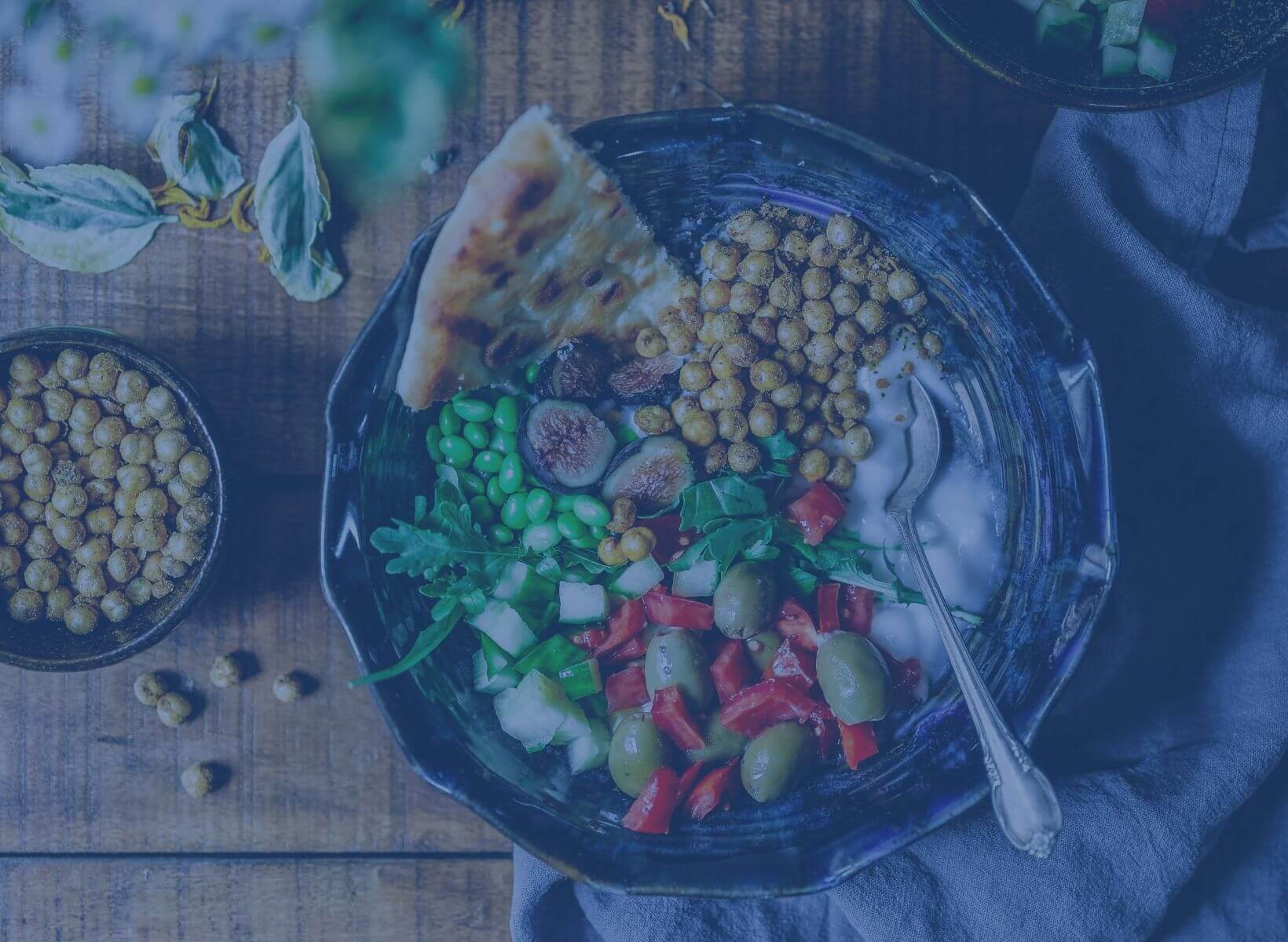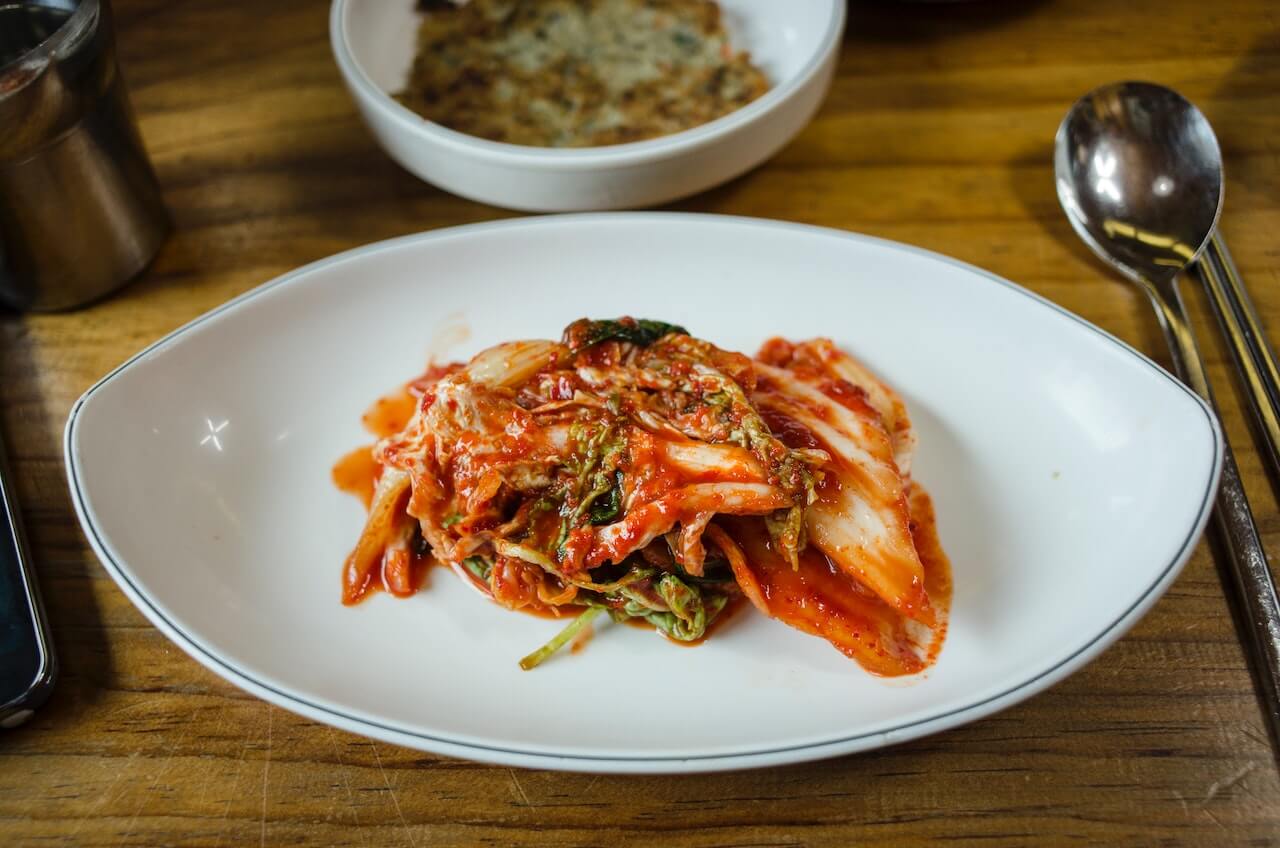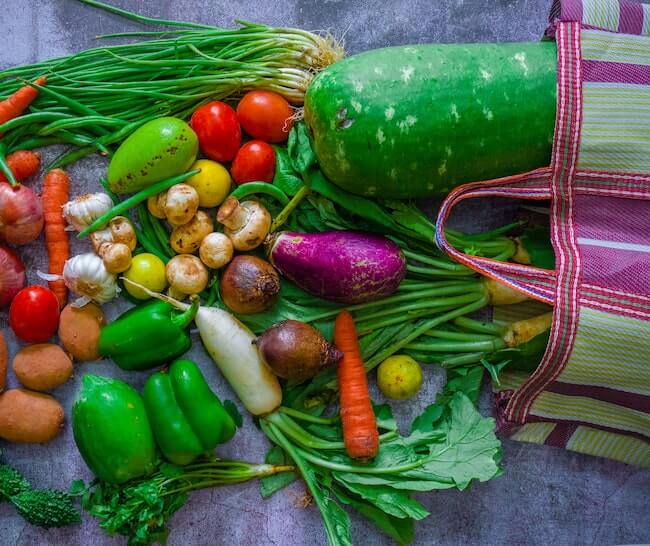The Paleolithic diet, commonly called the paleo diet, is a modern interpretation of how our ancestors ate during the Paleolithic era. It asserts the idea hunter-gatherers of the Stone Age faced fewer health complications because of their dietary intake. Proponents of the diet believe it offers many health benefits, including a reduced risk of various metabolic diseases. However, many people turn to paleo foods for weight loss.
Like the keto diet, the paleo diet is a restrictive eating pattern that eliminates certain food groups. Those following a paleo meal plan must prioritize animal-based proteins, nuts, vegetables, and some fruits and avoid grains, legumes, and dairy products. So, while the paleo lifestyle may benefit some, it’s not safe for everyone. Before writing a paleo-friendly grocery list, let's break down the science behind this restrictive diet and review a sample meal plan.
{{mid-cta}}
The Importance of Nutrition on a Paleo Diet
The basic paleo diet is a restrictive eating style founded on the theory that humans operate best when only eating foods that they “need”—the whole foods our hunter-gatherer ancestors consumed millions of years ago. While it doesn’t dictate macronutrient ratios or calorie limits, it does eliminate any food that wasn’t around during the Paleolithic era—no grains, dairy products, legumes, artificial sweeteners, added sugars, or processed foods.
With such a short list of permittable paleo foods, those following the diet today must be diligent about meeting their nutrition needs. Several studies have analyzed the risks of micronutrient deficiency for those following a paleo eating style. For example, researchers have found that some people may be at an increased risk of vitamin D and E deficiency when following the paleo diet.1
Other studies have found that carbohydrate-restricted diets, like the paleo diet, may cause a decrease in essential nutrients like thiamine, folate, magnesium, calcium, iron, and iodine.2 So, when choosing low-carb paleo recipes, it’s imperative to include foods that provide these vitamins, minerals, and trace elements to prevent deficiencies. A registered dietitian can help you assess the potential risks associated with the paleo diet and determine if it’s appropriate for you.
What Can You Eat on a Paleo Meal Plan?
The paleo lifestyle doesn’t dictate the amount of food you eat or the timing of your meals, but it does limit your intake of certain foods. It encourages plenty of protein from meat, poultry, fish, and eggs, and plant-based foods are limited to fresh fruits, vegetables, herbs, spices, seeds, nuts, and healthy fats. To fit the diet’s guidelines, paleo snacks and meals must be grain-free, dairy-free, and gluten-free.
A paleo meal plan allows foods such as:
- Seeds (like sunflower seeds and pumpkin seeds)
- Herbs and spices
- Fresh fruits
- Fresh veggies
- Nuts (such as cashews, walnuts, almonds, and pecans)
- Wild-caught fish (such as salmon, tuna, and cod)
- Grass-fed or wild-caught meats (such as chicken breast, ground beef, pork, and turkey)
- Eggs
- Healthy fats (such as avocado oil, coconut oil, and olive oil)
Paleo supporters often turn to substitutions for foods not allowed on the diet. For example, many people add coconut milk yogurt to their shopping lists instead of regular yogurt. Those who need to put a paleo-friendly spin on a rice dish opt for cauliflower rice instead. Those who want to whip up a pasta dish without the grain-based noodles use zucchini spaghetti in their place.
Easy 7-Day Paleo Meal Plan

While everyone has unique meal preferences, this paleo meal plan can provide inspiration for your weekly menu.
1. Day 1
Breakfast: Steak and Eggs With Chimichurri
Steak and eggs are a hearty breakfast often saved for special occasions, but this recipe adds a flair of flavor that makes it something you want to enjoy regularly. It’s a savory dish that combines steak, eggs, and a blend of herbs and spices to create a protein-dense breakfast for the paleo diet.
Lunch: Zucchini Noodles With Sauteed Shrimp
Zucchini spirals are commonly used in place of grain-based pasta and pair well with sauteed shrimp. They can be made fresh at home or bought frozen.
Dinner: Salsa Verde Chicken
This Salsa Verde Chicken uses the slow cooker to keep meal prep simple. It calls for skinless chicken breast, various spices, and a jar of roasted salsa verde. It’s as simple as tossing all the ingredients into your slow cooker and then shredding the chicken once it’s cooked thoroughly. The chicken is perfect for tacos, salads, tostadas, and more. However, read the ingredients carefully on the salsa verde to ensure it’s paleo-compliant.
2. Day 2
Breakfast: Paleo Breakfast Fried Rice
This breakfast recipe from Eat theGains is paleo and Whole30-approved. It combines bacon, eggs, veggies, and cauliflower rice to create a savory and protein-dense meal. With various flavors and textures, it’s a tantalizing start to your day. And you can make a large batch to eat for multiple days.
Lunch: Mediterranean Chicken Kebab Salad
This refreshing salad recipe combines chunks of marinated chicken with fresh veggies, blending flavors and nutrients. It calls for diced tomatoes, cucumbers, green peppers, black olives, red onions, dill, and parsley tossed in olive oil and fresh lemon juice.
Dinner: French Onion Pork Chops
This pork chop recipe from Cook at Home Mom is a one-pan dinner that combines paleo-friendly ingredients to create a savory and protein-packed dinner. You can serve it with various veggies to fit your preferences.
3. Day 3
Breakfast: Berry-Coconut Smoothie Bowl
Yogurt is a breakfast staple worldwide, but the paleo diet prohibits dairy products. This smoothie bowl recipe blends non-dairy coconut yogurt with various ingredients, including frozen strawberries, fresh berries, unsalted cashews, coconut flakes, cacao nibs, and coconut water. The best part? It makes two servings, meaning you have one to share or save for later.
Lunch: Chicken Salad in Lettuce Wraps
Consider using leftover chicken from the day before to make chicken salad. Combine diced chicken with avocado oil mayonnaise and your preferred seasoning to create a protein-rich lunch. Enjoy it atop cauliflower rice or in lettuce wraps to keep it paleo-friendly.
Dinner: Baked Salmon and Veggies
Salmon is a paleo staple that pairs well with various fresh vegetables. Arrange salmon filets and veggies, such as asparagus and grape tomatoes, on a single sheet pan. Coat the ingredients with olive or avocado oil and season them to your liking. Once the fish is cooked thoroughly, it’s ready to be plated!
4. Day 4
Breakfast: Baked Eggs With Wilted Baby Spinach
Eggs are a staple for many people living a paleo lifestyle, and baked eggs are a simple and convenient breakfast option. This recipe requires minimal ingredients and provides an impressive amount of protein per serving. And while it is a great breakfast meal, baked eggs can be enjoyed anytime.
Lunch: Grilled Chicken Breast Salad
Consider grilling multiple chicken breasts for various recipes throughout the week. Grilled chicken makes a great addition to refreshing salads, pairing well with leafy greens, fresh fruit, walnuts, and seeds. Be mindful of your salad dressing, ensuring it fits within paleo restrictions.
Dinner: Roasted Chicken and Brussels Sprouts
For a savory, filling dinner, you can roast a whole chicken surrounded by Brussels sprouts. The roasted chicken can also be used for leftovers or added to other paleo-friendly meals to increase their protein content.
5. Day 5
Breakfast: Sweet Potato Toast
Sweet potatoes offer many anti-inflammatory and antioxidant properties, making them an excellent choice for those on a paleo eating plan. This recipe for sweet potato toast from Laura Fuentes combines many nutrient-dense ingredients to create a powerful paleo breakfast option.
Lunch: Shrimp Fried Cauliflower Rice
This dish from Paleo Running Momma puts a paleo-friendly spin on a classic stir-fry recipe. Instead of traditional rice, it uses fresh or frozen cauliflower rice as the base, incorporating shrimp and eggs as the primary protein sources. It uses coconut aminos instead of soy sauce to keep it appropriate for paleo dieters.
Dinner: Beef Stir-Fry
Sautee your preferred cuts of beef and mix in frozen stir-fry veggies and coconut oil. This is a great dinner option to cook in bulk, especially for those who like to eat leftovers for lunch.
6. Day 6
Breakfast: Sheet Pan Eggs
Sheet-pan eggs are great for those who like to meal-prep ahead of time or need to serve breakfast to a large number of people. Simply chop up your veggies of choice and let them roast until tender. While they cook, blend eggs, mayonnaise, and your preferred seasonings to create an egg mixture. Then, pull the pan out of the oven and add the mix. Place it back in the oven and let it cook thoroughly.
Lunch: Baked Salmon Atop a Salad
Baked salmon is a nutritious addition to a refreshing salad. Add a salmon filet to a bed of leafy greens, chopped veggies, and various seeds for a nutrient-dense and enjoyable lunch experience.
Dinner: Grilled Chicken and Baked Sweet Potato
Grilled chicken pairs well with the taste and nutrition of sweet potatoes. You might even consider grilling multiple servings of chicken breast to use throughout the week.
7. Day 7
Breakfast: Bacon, Eggs, and Fruit
If you like a traditional breakfast, bacon, eggs, and fruit might be right up your alley. These simple food items are paleo-friendly and easy to prepare.
Lunch: Burgers Without the Bun
Burgers are paleo-friendly if they aren’t served on a wheat bun. Consider grilling a burger and enjoying it with fresh fruits and veggies. Grill a few at a time to have some on hand for future meals.
Dinner: Butternut Squash, Green Chile Chicken Soup
This soup recipe from Ambitious Kitchen is packed with protein and fall-inspired flavors. It includes garlic, onion, bell pepper, corn, butternut squash, chicken thighs, and other ingredients. Plus, you can cook a large batch and freeze some to have on hand for another meal.
<p class="pro-tip"><strong>Also Read: </strong><a href="is-spicy-food-good-for-you">Is Spicy Food Good for You? Pros, Cons, and Tips</a>.</p>
Paleo-Friendly Snacks

When it’s time to meal prep, don’t forget the snacks. Well-balanced snacks are essential to healthy eating, especially when trying to meet your individualized nutrition needs on a highly restrictive diet. To be most effective, snacks should be accessible, convenient, and enticing.
The possibilities are endless. Consider these snack ideas when designing your paleo diet meal plan:
- Toasted almonds
- Chia seed pudding
- Hard-boiled eggs
- Fresh fruit and almond butter
- Homemade guacamole
- Roasted edamame
- Sweet potatoes fries
- Chicken salad on fresh veggies
6 Tips for Your Paleo Meal Plan
Restrictive diets can be challenging in today’s busy world. Hectic schedules, limited access to permitted foods, and physical and mental fatigue can all affect your ability to stay on track with your goals. If the paleo diet is an appropriate option for you and your health journey, consider these tips to help set yourself up for success:
- At the beginning of the week, wash and cut all of your fruit and veggies, then store them in the refrigerator to pull as needed.
- Chop onions and peppers in advance and store them in the refrigerator to use for flavoring as needed.
- Separate your portions in storage bags to conveniently grab what you need at meal times.
- Prepare the next day’s lunch with leftovers from dinner to save time and money.
- Make paleo-friendly condiments in advance so they are available on demand.
- Cook multiple batches of meals when possible to freeze for later.
Learn More About How to Improve Blood Sugar Health With Signos’ Expert Advice
Optimizing your health requires a holistic approach that includes a well-balanced diet, adequate sleep, proper hydration, and regular physical activity. It’s also essential to work with your doctor to assess your need for medications that can help manage chronic medical conditions, such as diabetes or heart disease. Signos' expert advice can provide insight into many of your health patterns, giving you ample information to bring to your next doctor’s appointment. Knowledge is power, after all!
Curious how Signos can improve health and support sustainable weight loss? Learn more about glucose levels and other aspects of your health on Signos’ blog. And find out if Signos is a good fit for you by taking a quick quiz!
<p class="pro-tip"><strong>Learn More: </strong><a href="can-you-eat-raw-salmon">Can You Eat Raw Salmon? A Guide on How to Do It Safely</a>.</p>
- Item 1
- Item 2
- item 3
Topics discussed in this article:
References
- Titcomb TJ, Bisht B, Moore DD 3rd, et al. Eating Pattern and Nutritional Risks among People with Multiple Sclerosis Following a Modified Paleolithic Diet. Nutrients. 2020;12(6):1844. Published 2020 Jun 20. doi:10.3390/nu12061844
- Churuangsuk C, Griffiths D, Lean MEJ, Combet E. Impacts of carbohydrate-restricted diets on micronutrient intakes and status: A systematic review. Obes Rev. 2019;20(8):1132-1147. doi:10.1111/obr.12857
- https://www.thespruceeats.com/steak-and-eggs-4780185
- https://www.skinnytaste.com/easiest-crock-pot-salsa-verde-chicken/#recipe
- https://eatthegains.com/paleo-breakfast-fried-rice-whole30/
- https://www.skinnytaste.com/mediterranean-chicken-kebab-salad/
- https://cookathomemom.com/french-onion-pork-chops-whole30/
- https://www.bhg.com/recipe/berry-coconut-smoothie-bowl/
- https://www.skinnytaste.com/baked-eggs-with-wilted-baby-spinach/
- https://www.laurafuentes.com/berries-protein-sweet-potato-toast/
- https://www.paleorunningmomma.com/shrimp-fried-cauliflower-rice-paleo-whole30-keto/
- https://www.ambitiouskitchen.com/butternut-squash-green-chile-chicken-soup/






